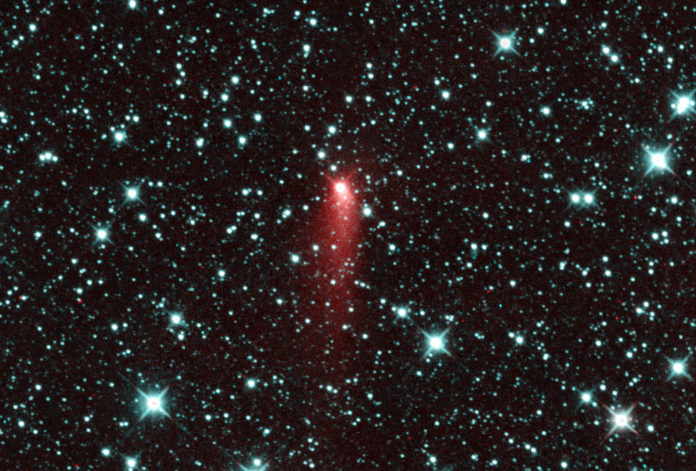According to astronomers at the Catalina Sky Survey, there is an unusual object classified as a “mini-moon” orbiting the earth. Experts have informed reporters that this second moon is not a permanent addition to our neighborhood in the solar system, and they expect that it will leave orbit and move out into the further reaches of space within several months.
The natural satellite has been given the name “2020 CD3,” and it was discovered by astronomers at their observatory at the University of Arizona this month. Theodore Pruyne and Kacper Wierzchos did not report the small moon for a few days to confirm that it was in actuality a mini-moon. These types of orbital objects are also called Temporary Captured Orbiters (TCO). The object has a brightness level classified as 20th magnitude.
The mini-moon discovery was formally announced on Tuesday by the International Astronomical Union who released the information about the TCO in their publication on the same day. Facts that led to this conclusion were that the object was confirmed as bound in an orbit around the Earth, and there were no artificial objects that could correlate to its position or trajectory.
It is indeed rare for a second moon to orbit the earth, but it does happen from time to time. This occurs when a small asteroid passes near the planet and gets bound into a temporary orbit. These objects invariably break free of the orbit and return out into the solar system where millions of other similar objects naturally float in an orbit around the Sun.
The mini-moon is believed to have orbited the Earth for around three years, and the size of the object is up to 11.5 feet in diameter at its widest point. In modeling the path of 2020 CD3 as it orbits our planet, scientists have been able to predict that it will leave Earth at some point in April, and we will once again have a single moon circling our world.
This is only the second time that a mini-moon has been confirmed orbiting the Earth. The other was discovered in 2016, and it departed in June of 2017. The same organization found this previous object, and its size was almost identical to that of the present mini-moon.
These rare space objects are important discoveries for scientists. They can help scientists attain greater understanding of asteroids and how they form. The current efforts to keep track of near-earth objects is considered paramount by scientists because they expect that a large object is likely to impact the Earth at some point, even though it may not be for centuries. If one should threaten life on Earth sooner, it’s important that scientific research is prepared to deal with such circumstances.



